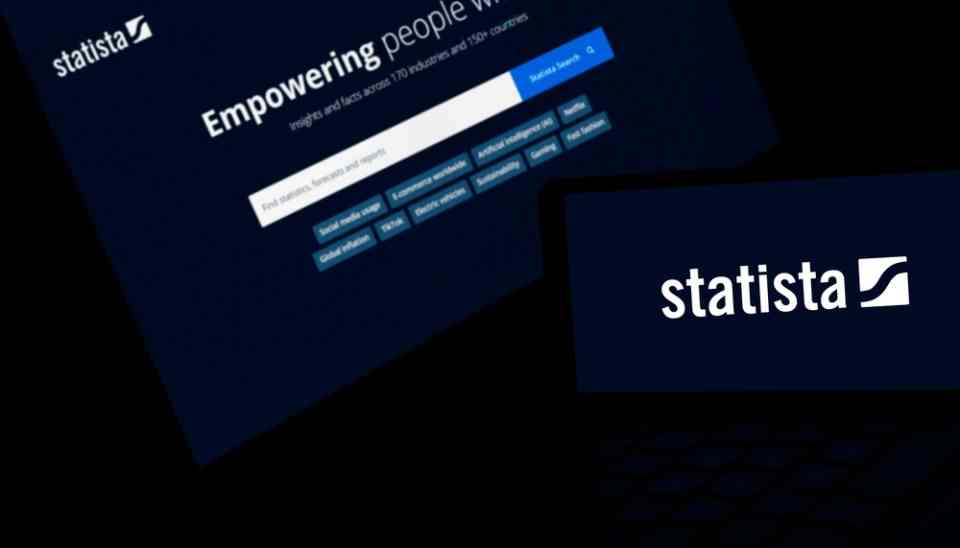Centralized cloud computing has been accepted as a mainstream platform for IT delivery for more than ten years. Although cloud computing is widely used, new demands and workloads are starting to reveal their limitations.
To support today’s needs, such as retail data analytics, network services, and tomorrow’s innovations like smart cities, AR/VR, etc., new requirements for availability and cloud capability at remote sites are required. The cloud’s maturity, resilience, flexibility, and simplicity must now be expanded across numerous areas and networks to meet changing expectations.
As a result, a different form of architecture, one that is designed to support a distributed infrastructure directly, is becoming more and more necessary to enable new applications, services, and workloads. Recently, businesses have started to use distributed infrastructures that span several sites and networks with the flexibility and streamlined management of cloud computing platforms.
The desire for organizations to extend cloud capabilities across WAN networks and into ever-smaller deployments at the network edge is on the rise. Although this strategy is still in its early stages, it is becoming evident that many new use cases and situations will benefit from distributed systems.
The Need For a New Computing Concept
IT infrastructures, including both on-premises and cloud designs, have been known to get overloaded by exponential increases in workloads. New computer techniques are essential as workflows grow and real-time data transfers are required to automate industrial processes.
This is because high latency and low bandwidth bring up round-trip timing delays. Round-trip timing in this context refers to the amount of time it takes for data generated by a piece of equipment to go from the device to the cloud and back.
Real-time analytics is hampered by data transport latency, which can also cause downtime. Therefore, edge computing must be integrated into cloud architecture to manage both network and application workloads simultaneously.
What Is Edge Computing & Why Businesses Need It?
The supply of computing resources to a network’s logical edges is known as edge computing, and it is done to increase the efficiency, dependability, and performance of applications and services. It alleviates the latency and bandwidth limitations of today’s Internet by lowering the distance between devices and the resources that serve them and the number of network hops, paving the way for new applications.
Most businesses use a centralized storage system, which is typically a public cloud or a private cloud, to store, manage, and analyze data. On the other hand, many real-world applications can no longer be supported by conventional infrastructure or cloud computing.
A highly flexible network with low latency is required, for example, in the context of the Internet of Things (IoT) and the Internet of Everything (IoE), to manage vast volumes of data in real time, which is impossible on standard IT infrastructure. In this case, edge computing’s advantages are more prominent.
Cloud Edge Computing: Uniting The Best Of Both Worlds
The combination of edge computing and the cloud provides the huge data processing and quick responses that the industrial community demands. To deliver real-time solutions, edge computing in this approach offers an immediate reaction or faster data processing speed.
Additionally, the cloud’s all-encompassing platform is excellent for managing massive data and offers a framework for creating new apps.
The following features can be delivered with the help of combining both computing options:
- Increased Potential For Innovation
Platforms for developing analytical algorithms and edge computing applications are made available by the cloud. Custom container apps for microprocessors and remote operating systems can be created thanks to the cloud’s increased resources. The edge hardware that gives these devices analytical capabilities can then be evaluated before being deployed with these apps or algorithms.
- Time-Sensitive Applications/Software
Hacking real-time analytics across the shop floor is a crucial step to take to accomplish industrial automation. While edge computing can manage time-sensitive applications independently, adding cloud computing improves the process.
Edge hardware can manage edge computing difficulties while transmitting supplementary data to the cloud in an IIoT-driven context. The scheduling and simulation analytics for each asset, system, and process within a facility can then be handled by the powerful computer resources available in the cloud.
- Additional Storage Options
The requirement to guarantee that only pertinent data is gathered arises from the fact that there are numerous IIoT devices, legacy assets, and industrial processes creating data. By capturing crucial data and deleting transient data, edge computing offers a way to reduce the amount of data flowing through a system.
Then, facility managers can decide whether to delete edge devices or move their data to the cloud. When successfully executed, this data management technique lowers the sums paid for cloud resources and other storage choices, hence lowering the overall cost of owning cloud-based solutions.
Enterprises are facing more and more cybersecurity difficulties, which has prompted advisories to close IIoT security gaps. This is due to the fact that hackers constantly use technologies to find security gaps in business networks in order to either steal essential data or disrupt operations.
As a result of edge computing’s capacity to process data at the device level, fewer network channels are available for hackers to explore.
Data that IIoT devices send back to the cloud can be entirely protected by the option of implementing security information and event management (SIEM) technologies across it. Threat intelligence can be used in the cloud, and the decentralized network reduces vulnerabilities.
What Are The Benefits Of Integrating Cloud Architecture & Edge Computing?
The above-mentioned application demonstrates the most significant advantages of mutually beneficial interaction between edge and cloud computing.
Additional advantages of utilizing both technology solutions at once include:
- Offline Computing- Edge computing devices have the data processing power required to provide offline computing. As a result, the processing is unaffected by centralized outages or communication delays, and once the network is operational, edge hardware can re-connect to the cloud.
- Enhanced User Engagement- User engagement is increased thanks to the mix of edge and cloud computing, making it easier to integrate augmented reality into real-world settings. Both options’ data can be used to map experiences, indoctrinate staff members, and simulate problem scenarios.
Conclusion
Industrial facilities will need more and more supporting computer alternatives as IIoT technology becomes more commonplace. Edge computing and the technology that powers its integration across shop floors are relevant in this situation.
Thus, the symbiotic link between edge and cloud computing must be fostered to achieve real-time automation and capture and analyze data from legacy equipment. If this is done, the rate of cloud computing adoption in conventional facilities will accelerate.








































































